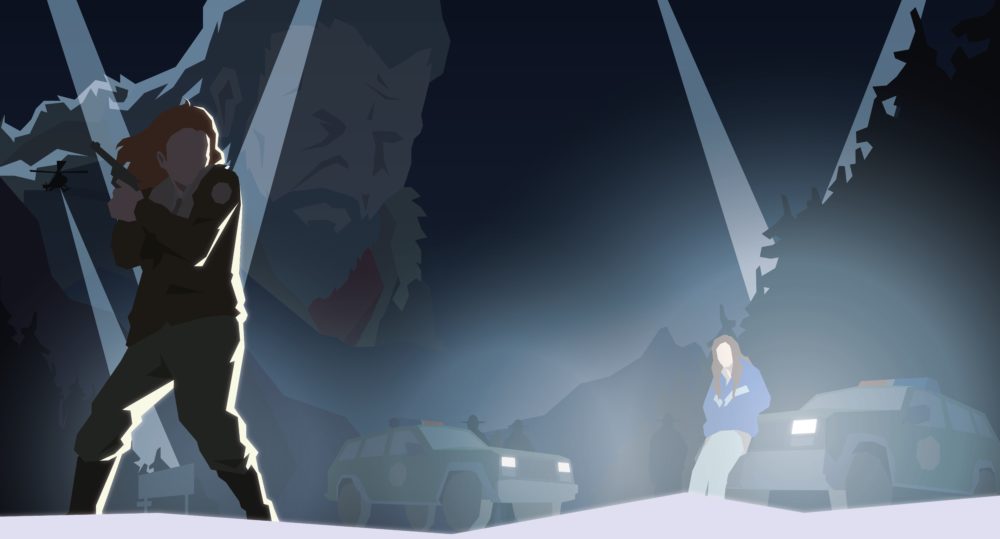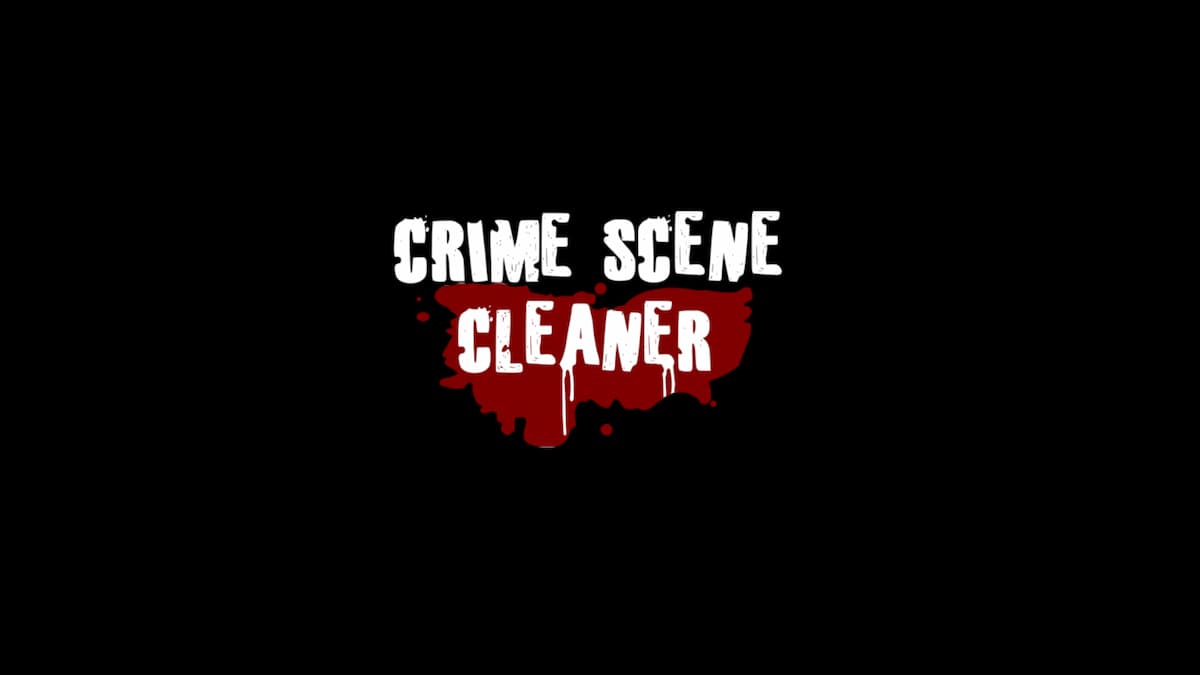This is the Police 2 on PC
Nobody said law enforcement was going to be easy.
After a few hours playing This is the Police 2, you may find yourself experiencing feelings not dissimilar to ones you’d endure in a real workplace. Stress, fatigue, and guilt come with the territory in this dark, brooding title that puts you as the chief of police in a small town rife with crime.
It picks up from where the original title left off, with protagonist Jack Boyd gone into hiding in the backwoods burgh of Sharpwood. He suffers from the same vices as he ever did; addicted to booze and violence and perhaps a few cards short of a full deck, but he still knows how to command a squad, and finds himself in charge of the sheriff’s department alongside incumbent leader Lilly. Each in-game day is bookended by cinematics that lay out the story a step further, so it behooves you to familiarize yourself with the plot beforehand if you’re going in blind.
Moreover, experience will prove extraordinarily helpful when you actually get to work, because This is the Police 2 will test you early and often. The main crux of the title requires you to manage a shift at the Sharpwood police station. Choosing the units that go out onto a crime scene is a meticulous, thoughtful process. Each officer has their own strengths, and some will be better suited to particular roles than others. Need an expert marksman? Be sure to assign an officer with a high shooting stat. Want someone who can talk to a suspect, and resolve the matter peacefully? Send in an officer strong at negotiation. Officers are also assigned a level of professionalism (higher scores will yield better statistics and more abilities that will become important later on), and you must hit the target minimum for each call to even send them out.
What makes unit management particularly satisfying is the human element that goes into it. Officers have their own vices, and they will often prove to be unreliable. Some will turn up to work drunk, while others will head home early to attend to prior engagements. On occasion, you will have assembled what you believe to be the ideal roster, only for one of the officers to complain that they don’t want to deal with a particular member, forcing you to reconsider.

Herein lies your dilemma; do you put your foot down and show that you’re the boss? Or err on the side of compassion? Officers are prone to exhaustion and dissention, and if they are pushed to the limit, they may be unable to make it into work the next day, or make an error in judgment that costs someone their life. Much like any job, you have to strike a balance between immediate gain and long-term sustainability.
A typical day is made up of choosing which officers to send out for each call (the severity of some being much greater than others), choosing a course of action, and then deciding who will carry out the task. Sometimes, they will succeed, and other times, they will fail. Successful calls will yield beer can tabs and boosts to a unit’s professionalism, while botched missions will decrease that total. Beer can tabs are used as in-game currency, to be spent on adding more officers or items to your total. An indication that you convince people to join your squad by buying them beers? Sounds fair enough, though we’re not sure how effective McParrot is going to prove on the beat after downing 22 cold ones.
Starting off, you may be inclined to play the ‘good cop’ game, showing your officers leniency, fulfilling their additional requests, and just generally trying to make everyone happy. You’ll soon find this to be a fool’s errand, and a well-staffed shift can turn to dwindling numbers in a hurry. Each call takes time, and you’ll be down your selected units as they make their way there and back. Eventually, you’ll have to figure out who’s jerking your chain, and assign them to the most mundane tasks, or if you’re feeling particularly nasty, intentionally give them poor orders in the hopes that a perp will do your dirty work for you.
Some cases won’t be solved on the spot, and this is where the investigations come into play. Your officers will have to collect clues and paint a picture of the crime, allowing you to put the pieces into place to finger the culprit. Be wary, however, because there are multiple suspects for each crime, and even the most logical explanation can end up putting an innocent person behind bars. It’s a fun sidebar that tests your attention to detail, and deciding which unit you can afford to lose for half a day as they seek out more intel just adds to the strategy.
This is the general ebb and flow of This is the Police, but once you engage in a major call like a bomb threat or hostage situation, it pulls a 180 on you, shifting the genre to a turn-based tactics game not unlike XCOM or an especially dour take on Mario + Rabbids. In these missions, you move your squad across a grid in order to complete a set of tasks. It’s up to you how you want to handle the perps as you encounter them; if you’re stealthy, you can sneak up and incapacitate them without having to kill a single person. If you’d rather respond with force, you can not only slice open enemies in close quarters, but fire upon them with your pistol, choosing where you want to shoot them.
Often, your peaceful intentions will soon devolve when an unseen foe emerges from behind a shipping container and begins unloading on your officers. It’s a harsh, unforgiving mode that really livens up the proceedings and breaks up the experience, and somehow, it feels so natural and logical that you’ll wonder how you got by in the first game without it.

One thing that will soon become very apparent, is that This is the Police 2 is a heavy time investment. The narrative is very much at the forefront, and in the early stages, it can outweigh the time spent actually playing the game. Between the cutscenes, the interrogation segments and other side elements, you may actually find it’s been over an hour since you last ventured onto a crime scene.
The game paints a tapestry, forces you to be involved, drags you into the storyline. If you’re not ready for such an undertaking, if you find yourself just rolling your eyes and waiting for something relevant to occur, you may soon become disengaged. The turn-based strategy gameplay may be the major addition of This is the Police 2 and the one you want to focus on, but it’s made of many parts, and each is just as important to build the overall framework. Patience is key before you can arrive at the payoff.
The visuals are simplistic, with the minimalist character designs fitting the game well, while each cutscene features full voice acting. Some performances are definitely better than others, with Jon St. John being the clear standout; his reprisal as Jack Boyd paints the perfect picture of a grizzled man grappling with his demons, making him painfully sympathetic while ultimately irredeemable.
As a whole, This is the Police 2 mirrors Jack fairly well. It can be cruel and insufferable, but if you can bear the abuse, you’ll find yourself engrossed in a unique, compelling experience that is unlike most other management sims. Adding a completely new gameplay wrinkle was a bold move that paid big dividends; it is every bit as welcome (if not even moreso) than the core experience itself. This is a game that will test you, and sometimes it will just flat out infuriate you, but it will entice you to stick with it all the same.
Score: 4/5 – Great
Pros
| Cons
|
For more information on how we review games, check out Twinfinite’s review policy here.













Updated: Aug 2, 2018 09:21 pm